 I’ve been getting back into podcasts while driving, and have been catching up on the Alton Brown podcast. In the Samantha Brown episode, she shared a good tip about international travel and language barriers that I’ve never read in a guidebook: Never go around asking people if they speak English. Even if you say the question in their home language. Because when you say:
I’ve been getting back into podcasts while driving, and have been catching up on the Alton Brown podcast. In the Samantha Brown episode, she shared a good tip about international travel and language barriers that I’ve never read in a guidebook: Never go around asking people if they speak English. Even if you say the question in their home language. Because when you say:
Do you speak English?
What they often hear is:
You speak English, DON’T YOU?
This comes off as a challenge, with the suggestion that you are expected to serve them. It starts off your conversation on the wrong foot. I know, I used to do it myself. You can see their face clench in a defensive manner.
The trick is to simply attempt your question in their home language (with a smile). Even if it is just “Hello” or “Excuse me” and then gibberish. They’ll be able to tell you don’t speak their language well. Most likely, they’ll even be able to figure out you speak English (even if you don’t think you look American) by your accent. Then if they do speak English, they’ll help you. If they don’t, they’ll still try to help you. People tend to be very nice in this regard. As Samantha Brown sums it up:
It’s better to butcher their language and show that you care, rather than speak perfectly in your own language and prove that you don’t.
For more pro travel tips check out Top 20 Hacks to Travel Like a Kiva Pro and How to Travel by Anthony Bourdain.
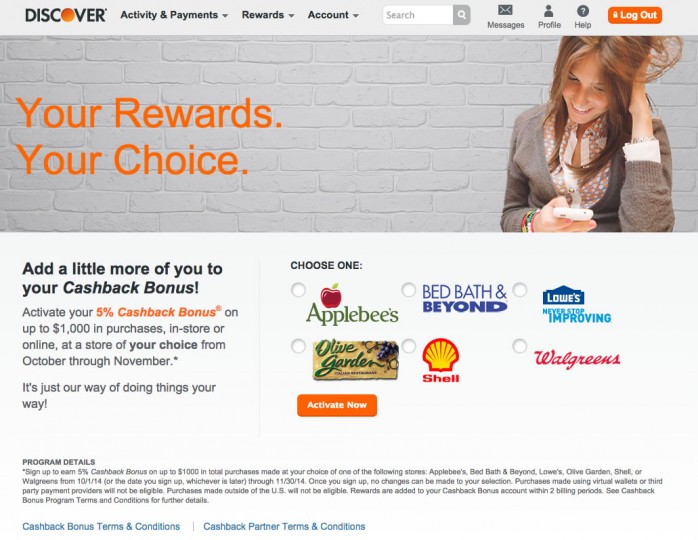
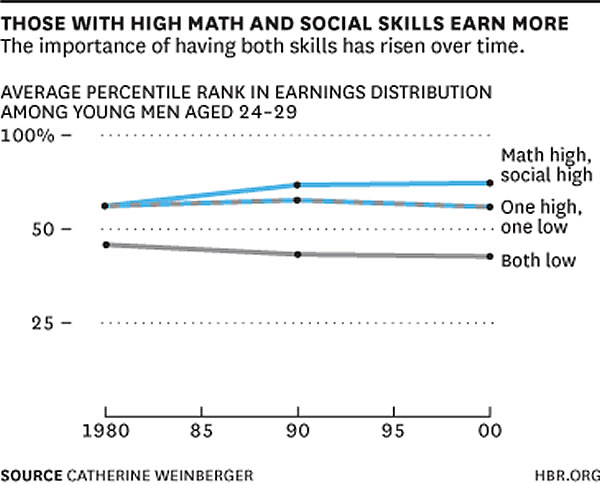
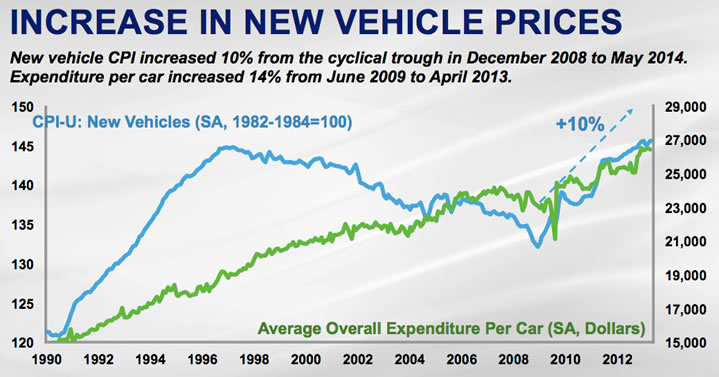
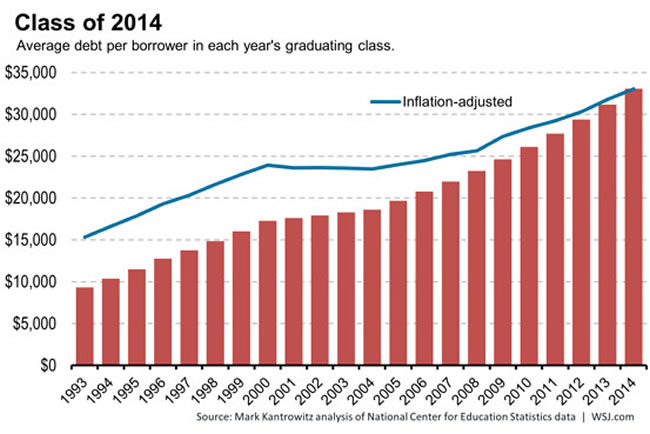
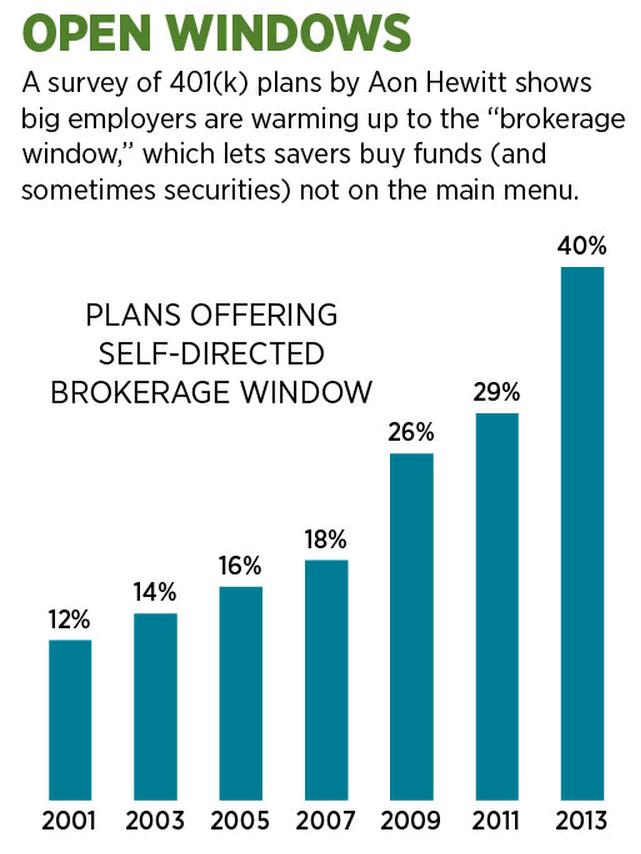
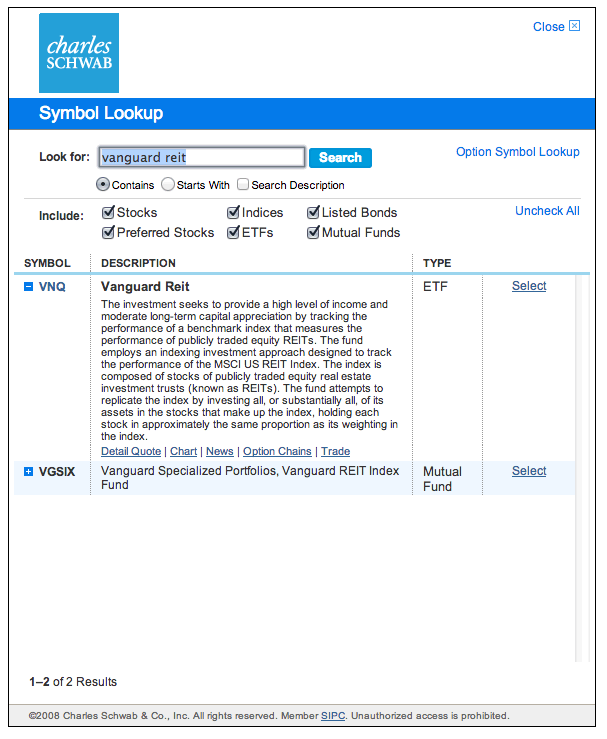

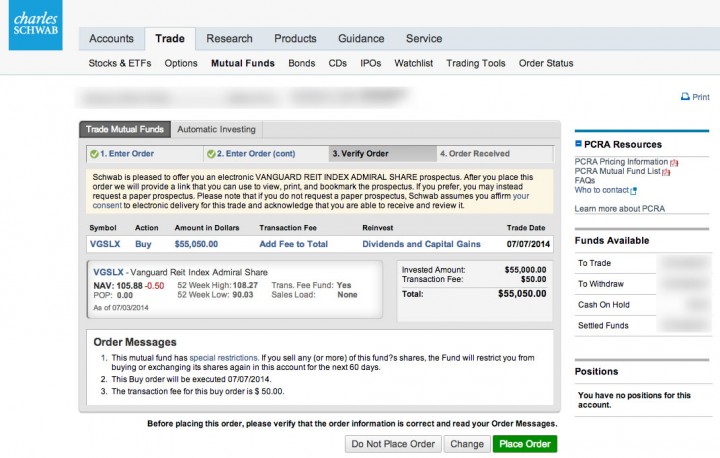
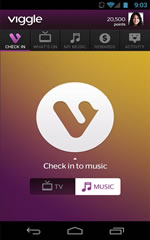 Papa John’s sent me a code for a free song download the other day. It was really a way to introduce me to the
Papa John’s sent me a code for a free song download the other day. It was really a way to introduce me to the 
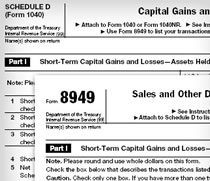 Tax-loss harvesting (TLH) is a technique used to minimize taxes on your taxable investments by “harvesting” capital losses during market declines. With DIY investors, losses are usually only harvested once a year. But with an computer as your portfolio manager, you could attempt to harvest losses continually on a monthly or even daily basis.
Tax-loss harvesting (TLH) is a technique used to minimize taxes on your taxable investments by “harvesting” capital losses during market declines. With DIY investors, losses are usually only harvested once a year. But with an computer as your portfolio manager, you could attempt to harvest losses continually on a monthly or even daily basis.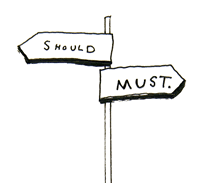 If you struggle with your inner compass at times like I do, definitely read this thought-provoking and inspiring article
If you struggle with your inner compass at times like I do, definitely read this thought-provoking and inspiring article 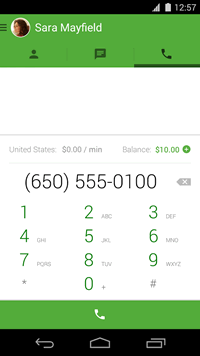 Google has just
Google has just  The new fall semester is underway, which means more college articles! Morgan Housel of Fool.com recently talked about how the
The new fall semester is underway, which means more college articles! Morgan Housel of Fool.com recently talked about how the  The Best Credit Card Bonus Offers – March 2024
The Best Credit Card Bonus Offers – March 2024 Big List of Free Stocks from Brokerage Apps
Big List of Free Stocks from Brokerage Apps Best Interest Rates on Cash - March 2024
Best Interest Rates on Cash - March 2024 Free Credit Scores x 3 + Free Credit Monitoring
Free Credit Scores x 3 + Free Credit Monitoring Best No Fee 0% APR Balance Transfer Offers
Best No Fee 0% APR Balance Transfer Offers Little-Known Cellular Data Plans That Can Save Big Money
Little-Known Cellular Data Plans That Can Save Big Money How To Haggle Your Cable or Direct TV Bill
How To Haggle Your Cable or Direct TV Bill Big List of Free Consumer Data Reports (Credit, Rent, Work)
Big List of Free Consumer Data Reports (Credit, Rent, Work)